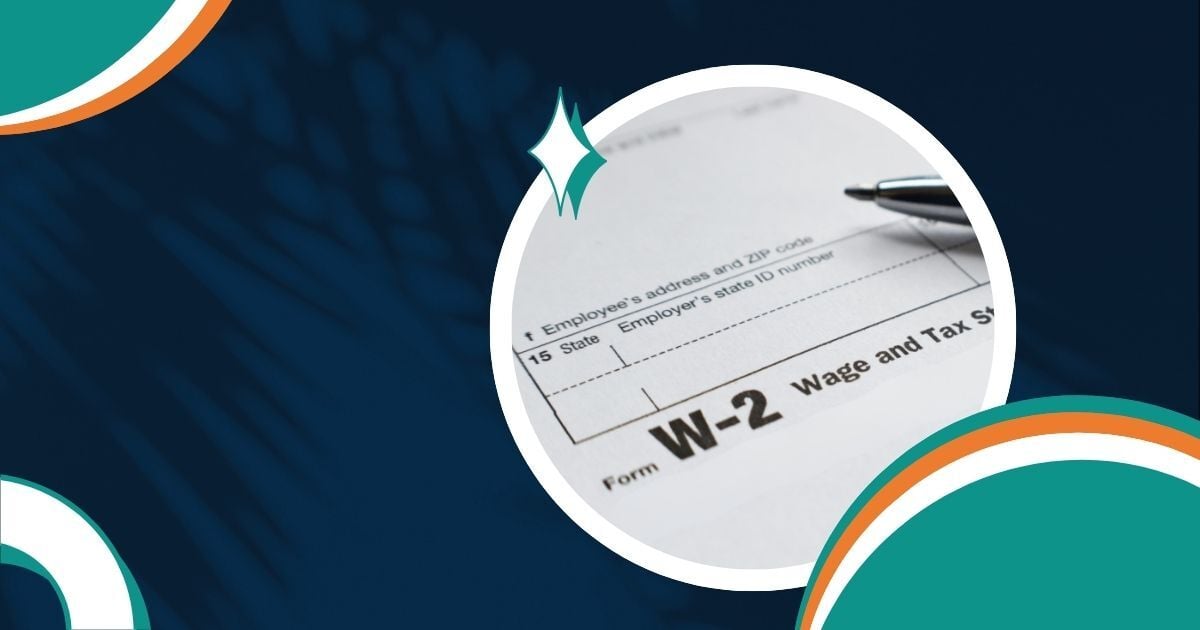Reconciling Forms 941 and W-2
Employers are responsible for ensuring the information reported on Form 941 matches what appears on each employee's W-2. This includes cumulative wage, tip, and tax totals, as well as names, Social Security numbers, and other identifiers.
Key items that must match across Forms 941 and W-2 include:
- Total wages, tips, and compensation reported.
- Federal income tax withheld.
- Social Security wages and tips.
- Medicare wages and tips.
- Employee Social Security numbers and names.
Even minor discrepancies can trigger IRS inquiries or lead to tax issues for employees.
Common 941 vs. W-2 Mistakes
Mistakes are fixable, but it’s best to invest time upfront to submit everything correctly. This helps you avoid the hassle and risks of correcting forms later.
When completing these forms, be mindful of common mistakes that can be costly or time-consuming to fix.
- Mismatched wage or tax totals — forgetting to carry forward adjustments.
- Missing adjustments — such as tips, third-party sick pay, or fringe benefits.
- Overlooking multi-state complexities — different wage bases and reporting rules across states.
If you find discrepancies, investigate and resolve them before distributing W-2s or filing your fourth quarter Form 941. Making corrections before forms are filed or distributed is much simpler. For prior quarter Form 941 corrections, act promptly to avoid triggering IRS notices.
Compliance Tips for Smooth Reconciliation
Maintaining alignment between your quarterly and annual payroll filings requires consistent attention to detail, organization, and proactive planning. To minimize errors and keep your payroll reporting on track, it’s important to put robust processes in place throughout the year—not just at year-end.
Below are practical strategies employers can use to streamline reconciliation and ensure compliance:
- Run quarterly audits: Review payroll records each quarter to catch and correct discrepancies early.
- Use payroll software to flag variances: Automation helps identify mismatches before they become bigger problems.
- Double-check elective deferrals and benefit codes: Ensure retirement plan contributions and benefits are reported accurately.
Proactive reconciliation builds trust with employees and the IRS, reduces the risk of costly W-2Cs, and simplifies year-end processing.
The Bottom Line on 941 and W-2 Alignment
Reconciling Form 941 and W-2 is essential for accurate payroll tax reporting and smooth year-end compliance. Start planning now for a smooth, accurate, and compliant 2025 filing season. Greenshades can help you simplify reconciliation with automated checks and year-round compliance support.





























